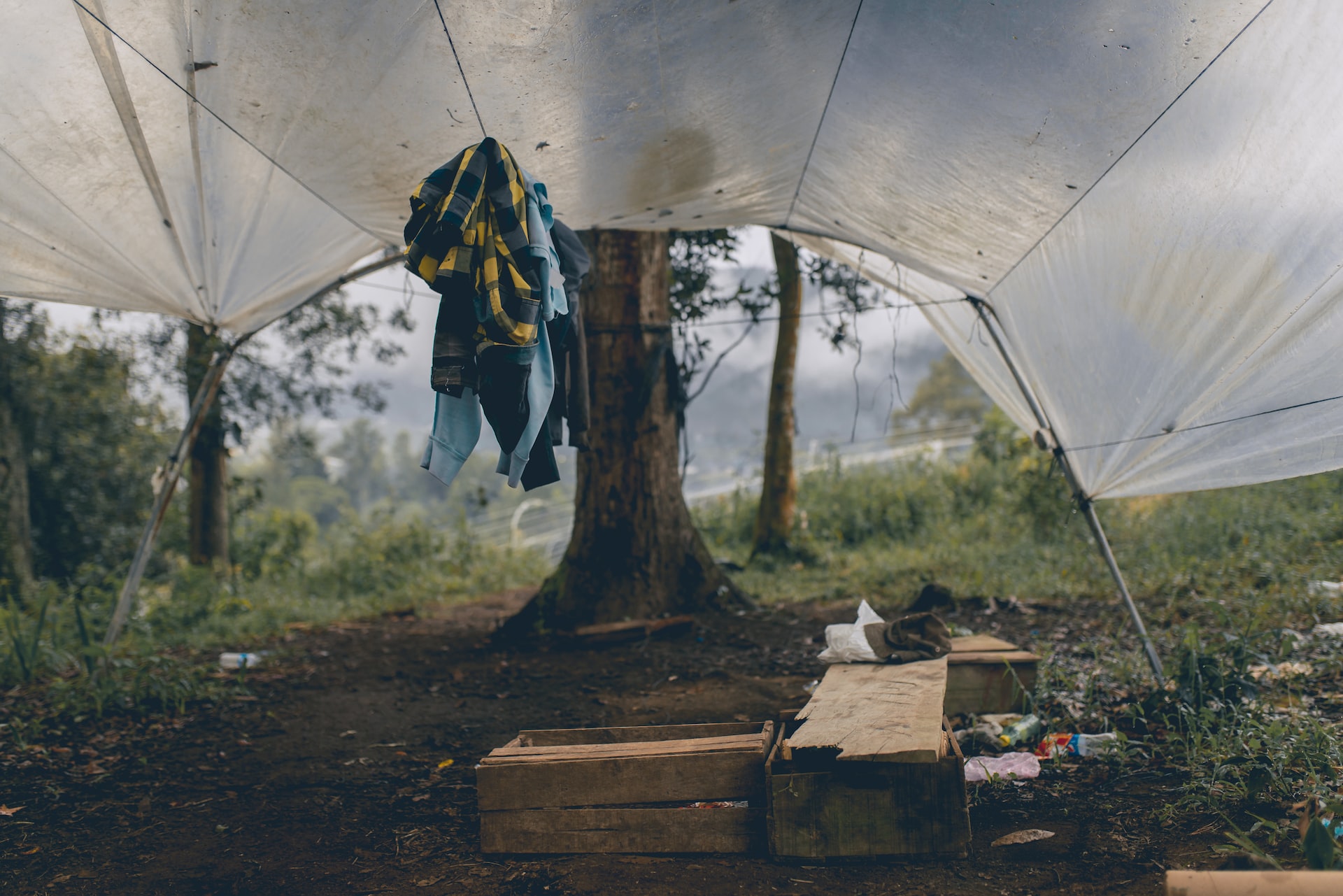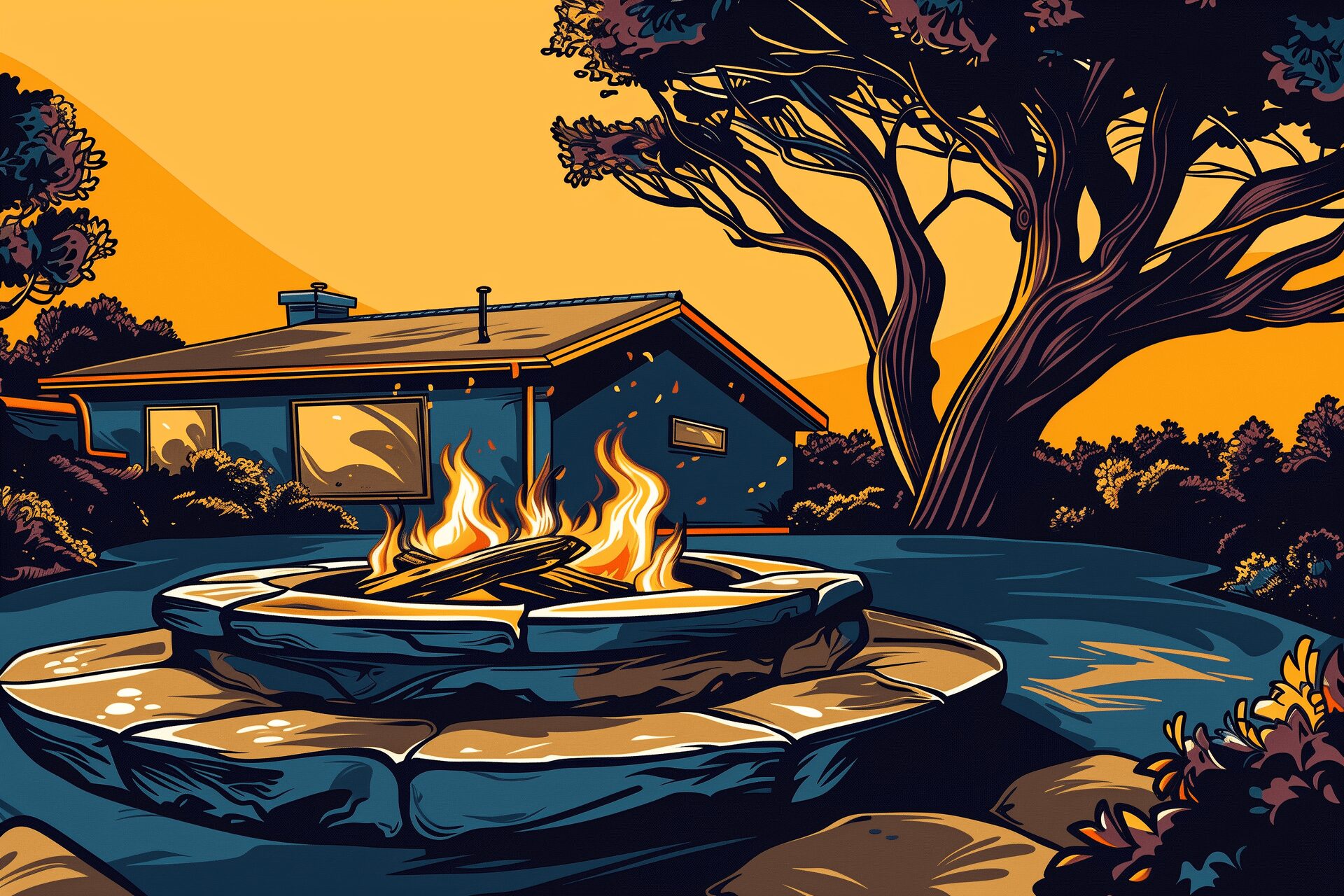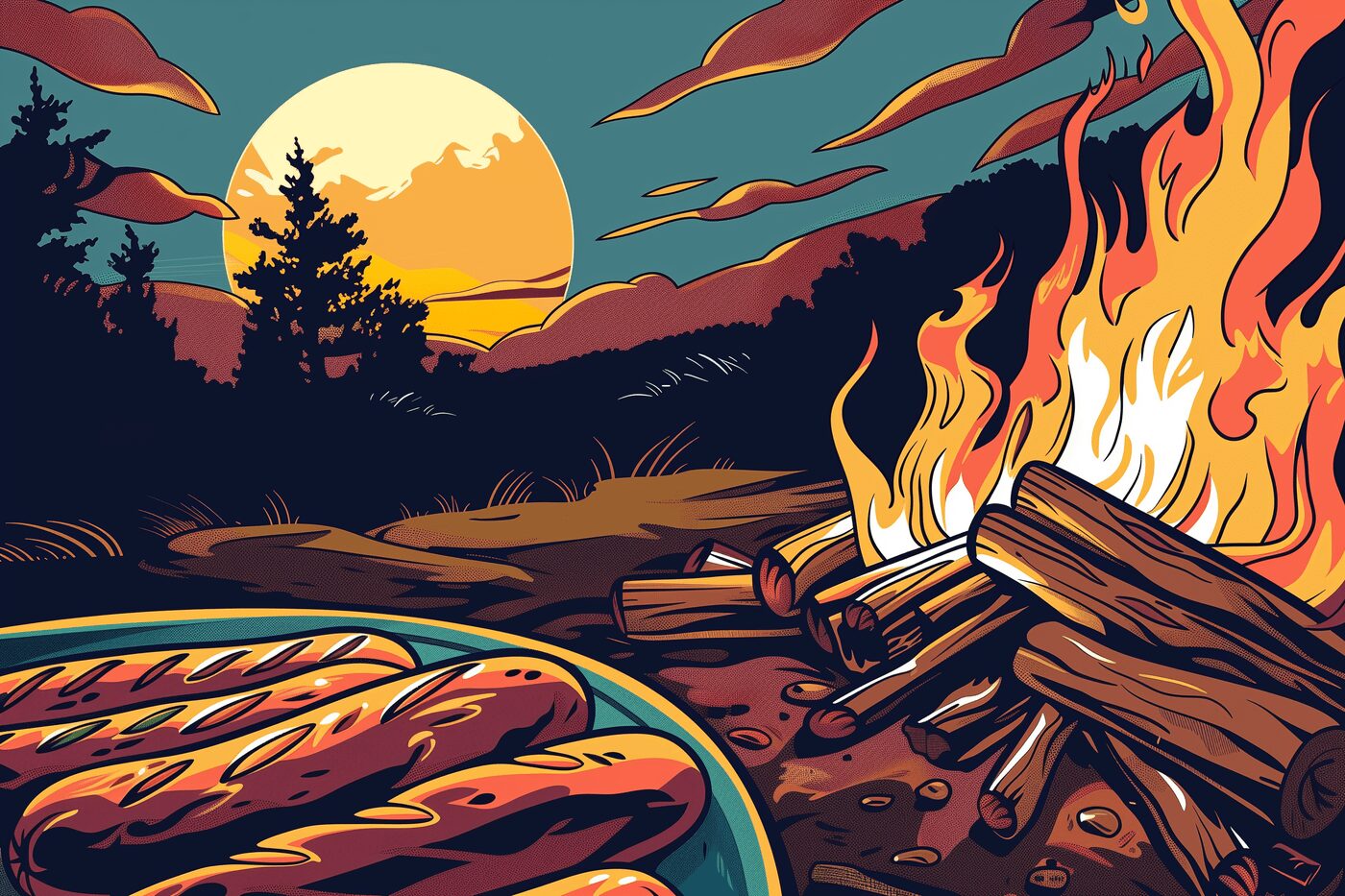Tarp Camping: A Beginner’s Guide
Jan 16, 2023

As an Amazon Associate, Modded gets commissions for purchases made through links in this post.
Camping is an excellent way to get outdoors and truly appreciate Mother Nature. You’re probably thinking of a tent or an RV in the woods with a campfire and smores. If you’re looking for a hardcore adventure, keep the campfire and smores but ditch the tent or RV. Tarp camping provides a unique opportunity to become in tune with the Earth. This guide will outline how to do this camping for an incredible experience.
What Is Tarp Camping?
Tarp camping is how it sounds. It involves camping with only a tarp instead of a tent. Think of the show “Survivor,” where contestants build their shelter and use a tarp for cover if they win one in a reward challenge. A tarp camp setup won’t surround you, which has pros and cons.
The good part is that you won’t feel as restricted as in a typical tent. The tent allows easy access to fresh air. Imagine feeling the breeze while relaxing under a tarp on a warm spring day. What can be more relaxing and better for your mental health than soaking in the sun and the quietness of nature? Though, there are downsides like unwanted exposure to elements. Weather and animals can be a hindrance to your camping experience.
What Tarp Setup Should You Pick?
Tarp camping presents multiple possibilities when setting up your mini fortress. If you’re looking for a tarp, there are three primary types to keep in mind. The tarps you come across may include:
- A-frame: An A-frame tarp has a structure that looks like a camping tent. The frame has an A-shaped frame with openings on either side. Essentially, it’s a triangular prism with open faces, and the flooring typically comes from the Earth itself. A-frames are good if you have another person with you on a camping date, for example.
- Diamond fly: A diamond fly shelter is a practical way to construct a tarp campsite. Again, fans of the show “Survivor” will recognize this type of campsite. It’s ideal for protecting against the summer sun and keeping warm if you’re cold.
- Envelope: An envelope setup is similar to the A-frame, but you’ll flip the structure on its side. The tarp will give you a floor, but you’ll only have protection on one side. This setup is ideal if you need protection from the ground and can get away with cover from only one side.
Where Should You Set Up Your Tarp?
When you’re in the woods, you need to select where to set up the tarp. This step is crucial because it could make or break your trip. A rule of thumb when looking for a campsite is to avoid flat areas if you can. Rainwater can collect pools of water, making your camping trip a miserable experience. Try to find a slight elevation when setting up your tarp. Sleeping with your body going downhill with the slope is a practical idea to protect your head.
In the woods, it’s best to look for sheltered areas. Trees can help protect you from the elements, and your tarp can compensate for the rest. You can use trees to elevate your tarp and make it easier for your body to enter and exit. You can use hiking poles to lift your tarp if the area doesn’t have trees.
What Are Practical Tarp Camping Add-ons?
The level of difficulty in tarp camping is entirely up to you. Some opt to have as few materials as possible to connect with their primal ancestry. However, there are some things you should bring to enhance your experience. These items could be:
- Mosquito net: Netting to protect against bugs will come in handy, especially in the summertime if you live in a humid area. You can hang a mosquito net inside your tarp and elevate it, so it doesn’t touch you.
- Sleeping bag: This is where the level of hardcore comes in. If you want limited resources, you can opt out of a sleeping bag, but it can keep you warm and provide you with a comfortable night of sleep.
- Stakes: Stakes are an excellent addition, but you can consider them a necessity when camping. Like regular tents, your tarp will need stakes to keep it steady. The winds can get rough and ruin your shelter overnight, so bring at least six stakes with you for protection against the elements.
Tarp Camping: A Fun Adventure
The great outdoors gets its nickname for a reason. Being one with nature is a way to get in tune with our human ancestors from thousands of years ago. They had to find food and create a shelter with limited resources. One way to mimic this life is to try tarp camping, and you can use this guide to get started.





